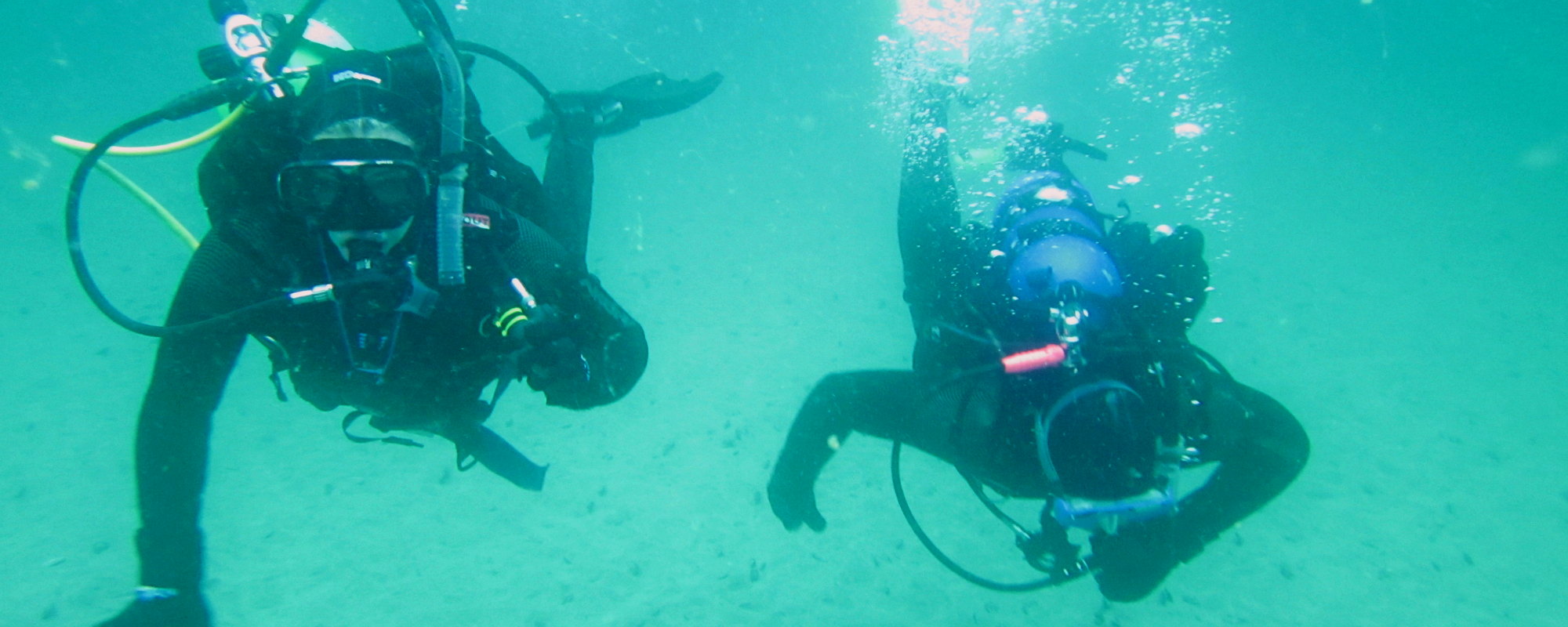The Importance of a Good Diving Buddy
Whether you’re a novice or an experienced scuba diver, having a buddy to accompany you while going on your underwater adventure is always recommended. Safety is always top priority, so having someone to rely on is essential. In this blog, we will go over the importance of having a good diving buddy
Why is it Important to have a Diving Buddy?
Having a diving buddy saves lives. There are many unforeseen situations that can occur underwater, and without a buddy there to help it, it could be mortal. Examples of emergency situations where a buddy can save your life include:
- Equipment failure
- Out-of-air emergency
- Diver can get be carried away by current
- Diver can be trapped in ropes or net
- Illness or medical emergencies
Whether you prefer solo diving or not, having a diving buddy is the way to go. Emergency situations can happen to anyone, not just novice divers.
What Makes a Good Buddy?
Simply having a partner doesn’t guarantee that there will be no incidents.
That is why having a good diving buddy is important. A negligent buddy is equal to no buddy at all. So when choosing a diving buddy, ensure that you both stick to the rules and are attentive at all times. The buddy system ensures your safety as you are both responsible for each other during the dive. Good diving buddies are prepared to look out for one another if anything goes wrong.
Communication
Communication is the most essential aspect of having a diving buddy. Divers should prepare ahead of time with their buddy on the signals they’re going to be using underwater. They should agree on the direction, duration, and other essential things before diving. Having an argument underwater is a big “no” for scuba diving. Underwater communication signs you both must understand include directional and safety hand signs. Examples of directional hand sign communication include:
- Stop: hold up one hand
- Turn around: put your index finger up and rotate in a circle.
- Going up or down: use a thumbs-up signal to indicate that you are going up, or a thumbs down to indicate that you’re going down
- Changing direction: point your thumb to indicate which direction you’re heading
- Slow down: place your hand in front of you with your palm facing down and wave your hand up and down
- Level off: put your hand out in front of you, palm down, and wave it back and forth
Examples of safety hand sign communication include:
- I’m okay: do the “OK” hand sign
- Something’s wrong: place your hand out in front of you, fingers spread and palm down. Wave your hand back and forth in a rocking motion
- Help: wave your entire arm from outstretched by your side to over your head. Repeat the motion until you are noticed
- I’m low on air: clench your hand into a fist and pull it in toward your chest. Repeat as much as you need to indicate how urgently you need to resurface.
- I’m out of air: place your hand palm down in front of your throat and move back and forth in a sort of cutting motion
Although one can’t predict what could happen underwater, one can prepare for the worse by getting a good diving buddy. We hope this blog showed you how important it is to dive with a partner. With San Diego Scuba Guide, we want to ensure that you are taking all the necessary precautions to ensure your safety while diving. Book your SCUBA or Snorkel tour at sandiegoscubaguide.com.
Happy diving!


